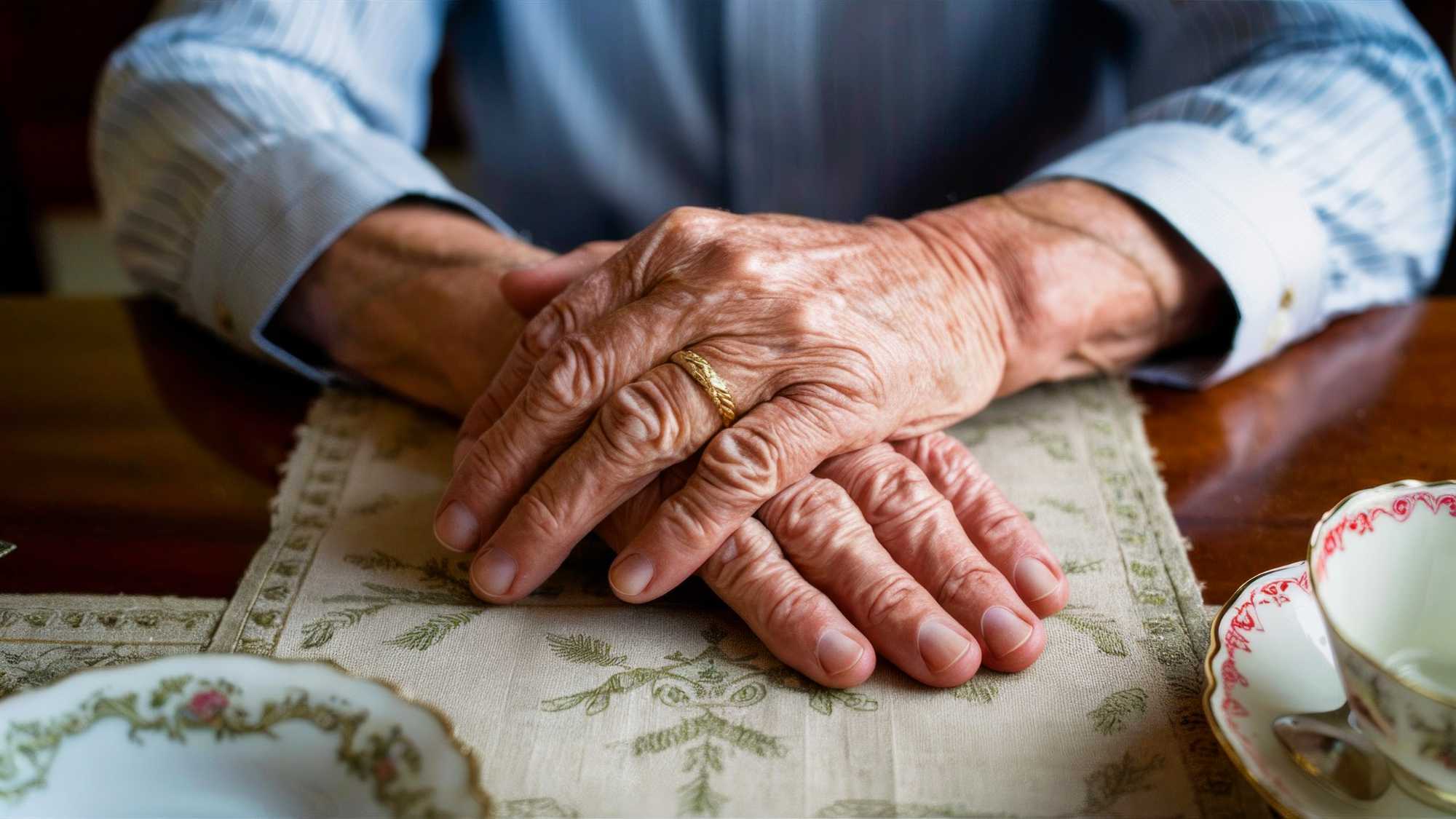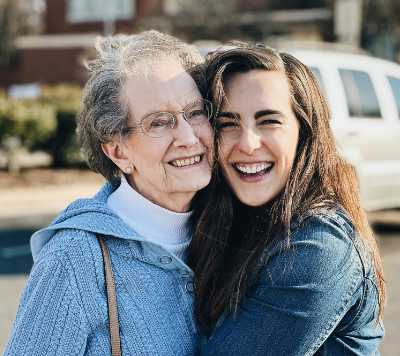When is the Right Time to Move into a Nursing Home?

Let’s be honest — talking about moving into a nursing home isn’t exactly a fun dinner topic. Whether you’re the one thinking about making a move or you’re helping a loved one figure it out, it’s emotional, complicated, and just… a lot. But here’s the good news: it doesn’t have to be scary, and there are options that make this transition smoother — especially when only one partner in a couple needs care while the other is still going strong.
So let’s walk through this together, like two friends sitting down for coffee. We’ll talk signs to look for, how to ease the transition, and how the right senior living communities (like Rowntree Gardens) can keep couples together and cared for.
How do you Know when it’s Time?
A Closer Look from Two Perspectives
There’s no blinking red light that goes off when it’s time to move into a nursing home. But there are signs, both big and small, that can start to add up.
For Seniors Wondering About the Next Chapter
Let’s say you’re starting to notice that stairs feel steeper, cooking feels like a chore, and doctor visits are more frequent than brunch dates. Maybe you’ve had a few near-falls (or actual ones) or your medications have turned into a small pharmacy lineup. These moments might make you start thinking, “Is it time for more help?”
Now imagine you’re part of a couple. You might be the one who needs help, while your partner is still active and independent. That adds a layer of complexity — and emotion. You don’t want to be apart, but you also don’t want to feel like a burden.
This is where a senior living facility with a continuum of care shines. These places are built for situations exactly like this. You and your partner can still live under the same roof, just with each of you getting the level of care you need — whether it’s assisted living, memory care, or skilled nursing. You stay close, and no one feels left behind.
For Adult Children Trying to Help Their Parents

Maybe you’re noticing that Mom keeps forgetting to take her meds, or Dad has stopped keeping the house clean like he used to. You might have even seen some unpaid bills piling up or food going bad in the fridge. You’ve probably had that moment — where you think, “I don’t know if they should be living here alone anymore.”
But when you bring it up, you’re met with resistance: “I’m fine. We don’t need help. We’re not ready for a home.”
Totally normal. No one likes the idea of giving up independence, especially when it’s tied to a lifetime of memories in a family home. But the goal here isn’t about “putting someone in a home.” It’s about helping them thrive, safely and comfortably — and ideally, together.
A Real-Life Story: Meet Helen and Joe
Helen and Joe were married 52 years. Joe had always been the rock, mowing the lawn every Saturday and fixing anything with duct tape. But after a stroke, Joe needed more hands-on help. Helen tried to do it all at first. She was 78, still active, still sharp — but caregiving 24/7 started wearing her down.
Their daughter, Lisa, noticed the shift. Her once-upbeat mom was exhausted. Joe wasn’t getting the best care, and Helen wasn’t taking care of herself.
After some research, they found a senior living community with a continuum of care. Joe moved into assisted living while Helen chose independent living on the same campus. They could have meals together, take walks, and even attend community events. But they also each got the support they needed.
Lisa said later, “I thought it would feel like the end. But it was actually a new beginning — for both of them.”
How to Have The Talk Without Starting an Argument
Whether you’re the one considering the move or the one bringing it up, this conversation can be tough. Here are a few tips:
- Start with feelings, not facts. “I’ve noticed you seem more tired lately. I worry about you,” lands better than, “You can’t take care of yourself anymore.”
- Avoid the word “nursing home” at first. Try “community,” “senior living,” or “place with more support.” These feel less heavy and more inviting.
- Tour a few places together. Sometimes seeing the environment helps break old stereotypes. Modern facilities feel more like inviting resorts than hospitals.
- Focus on what they gain, not lose. More social time. No chores. Medical care on site. Meals made for you. It’s not a downgrade—it’s an upgrade in quality of life.
Letting Go of Guilt and Grabbing on to Peace of Mind
For adult children, one of the hardest parts of this process is guilt. You may feel like you’re failing your parents by suggesting a move. But here’s the truth: making sure your loved ones are safe, comfortable, and supported is the opposite of failing. It’s an act of love.
And for seniors? Accepting help isn’t a sign of weakness, it shows strength. It’s saying, “I want to make the most of every day, and I’m open to help that makes that possible.”
Why Choosing the Right Place Matters
Not all senior living communities are the same. Some only offer one type of care. But when you’re dealing with a situation where one person needs more support than the other, continuum of care is key.
That means the facility offers multiple levels of care in one location. These include:
- Independent Living
- Assisted Living
- Memory Care
- Skilled Nursing
That flexibility means you don’t have to move again if needs change, and couples with different care needs can always stay close.
Considering a Move in Southern California?
If you’re in Southern California and thinking about the next steps for you or your loved ones, Rowntree Gardens might just be the place you’re looking for. They offer the full continuum of care, so whether you’re living independently, need a bit of assistance, or require memory care or skilled nursing, it’s all there.
Even better? Couples can stay together in the same community, supported at every level while still enjoying life together.
One Final Thought
Moving from your home into a senior living facility is a big step. But it’s not the end — it’s just a different chapter. And like any good story, it can still be filled with love, laughter, connection, and peace of mind.
Whether you’re exploring this for yourself or someone you care about, take your time, ask questions, and know you’re not alone. The right place does exist — and sometimes, it looks a lot like home, just with a little more help.
Rowntree Gardens in Stanton, California offers independent living, assisted living, memory care, and skilled nursing — all on one campus. If you or a loved one is looking for compassionate care and the comfort of staying together, it’s a great place to start.



